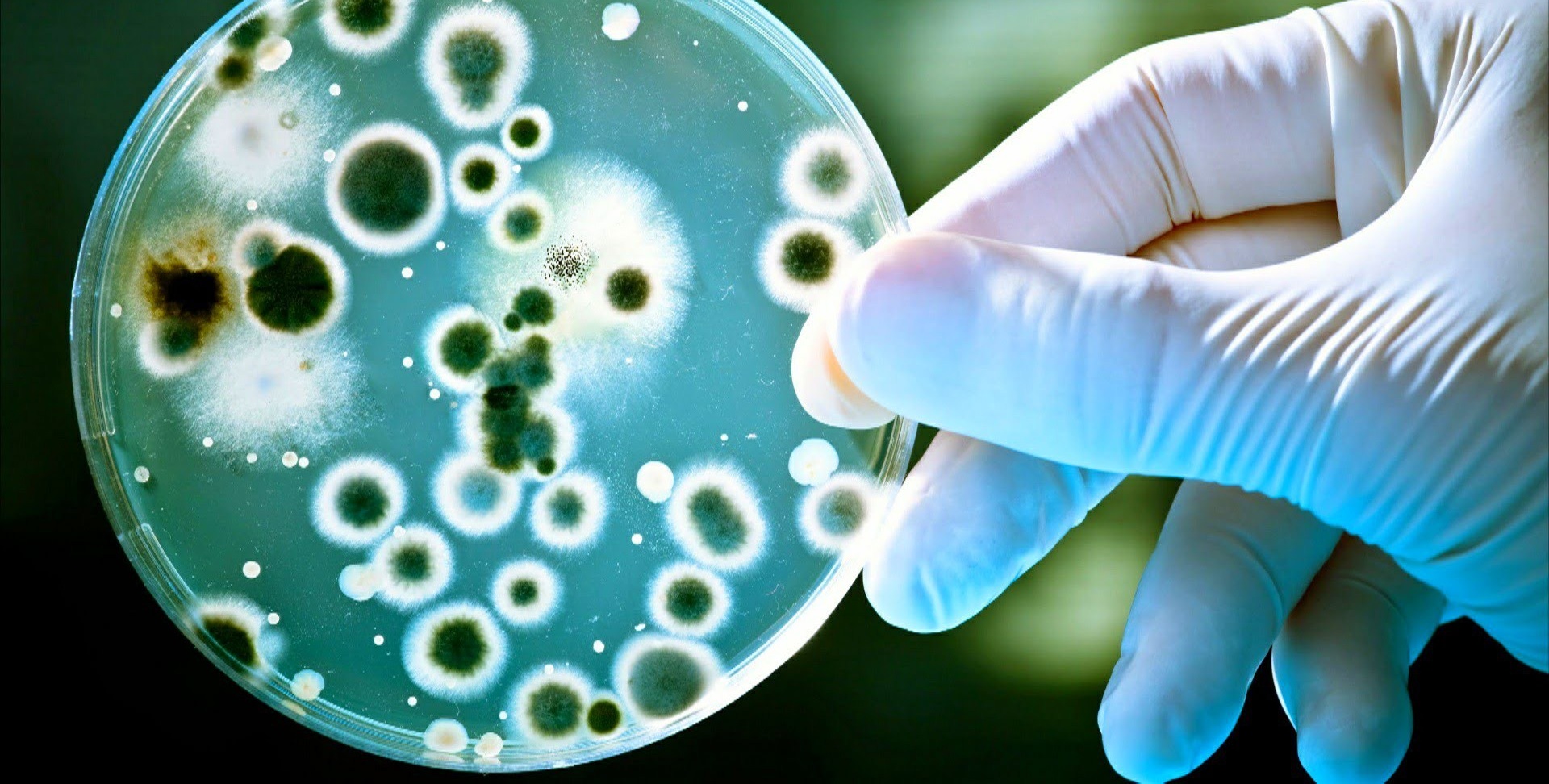3 types of coatings that should not be in the kitchen
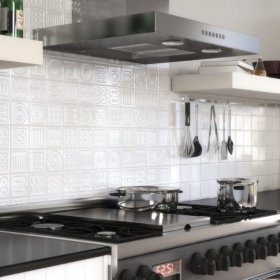
Proper kitchen design is a tandem of aesthetics and practicality of the materials used. Errors in choosing the types of finishes can be avoided if you deliberately cross out unsuitable textures.
Non-moisture resistant
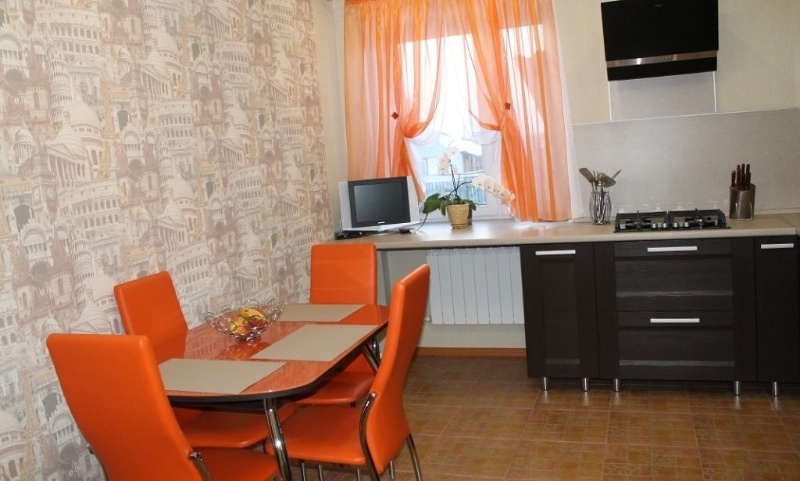
Coatings that are not able to withstand constant exposure to moisture.
These include:
- ordinary wallpaper;
- cork flooring;
- parquet;
- plastic;
- MDF panels.
The above options are not suitable for finishing kitchen surfaces, especially the work area. Under the influence of splashes of water, steam and a variable level of humidity, they will quickly lose their attractiveness, become deformed or completely become worthless.
For example, condensation quickly appears on paper wallpapers in the kitchen, as they are not able to pass moisture through the walls. Vinyl and non-woven options with a porous texture are suitable.
The presence of non-moisture resistant materials in the kitchen cannot be completely ruled out. Their use is possible in a safe dining area.
Absorbent
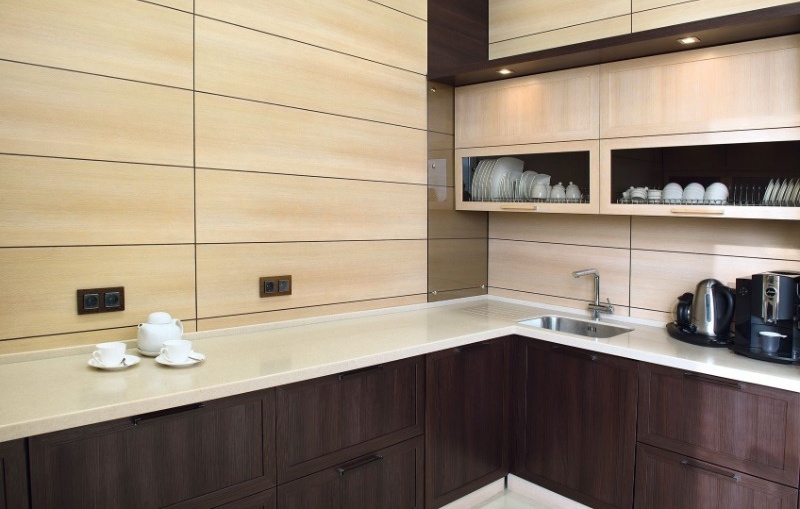
Steam, changes in temperature and humidity, mixing not always pleasant smells - all these are side effects of cooking. Tabletops made of MDF panels are in maximum demand today due to accessibility and a huge variety of design. Because of the attractiveness of prices, few people recall the absorbent qualities of wood. Even an expensive array without additional processing risks becoming a “sponge” for unpleasant odors. You should think about this in advance and choose an impregnated tree or laminate. The second option has all the qualitative characteristics for use in the kitchen and is widely used in this area.
Embossed
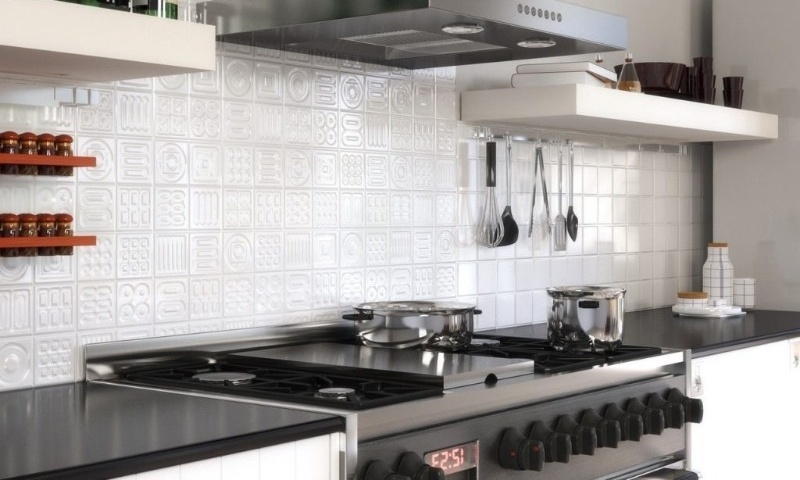
Tile with volumetric patterns attracts originality and three-dimensional distribution of space. It can become a floor, a working apron, or part of a wall in a kitchen. And then the reliefs turn into the center of the accumulation of dirt. It is difficult to clean them with a flick of the wrist, spots and splashes become old and spoil the look. Such surfaces must be carefully monitored and even the smallest splashes should be wiped with lightning speed. It is better not to use relief textures in the kitchen or to combine them with smooth ceramic tiles.
The secret to a proper kitchen interior lies in the search for balance, when aesthetics do not suppress the functionality of the room and every detail meets specified requirements.
